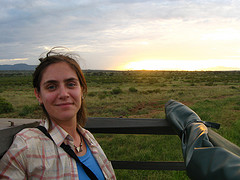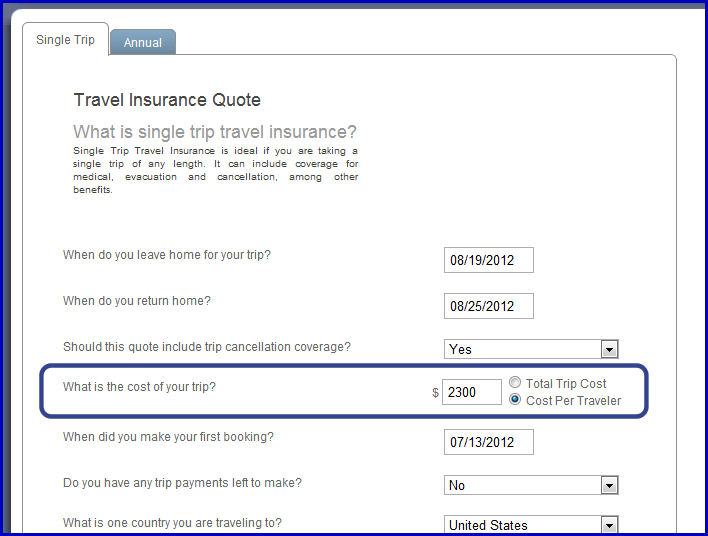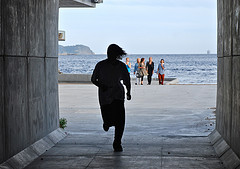 While visiting Frankfurt, Germany to see his newborn granddaughter, Bill Lyng, a respected lawyer from Kissimmee, Florida, landed in a hospital just prior to returning to the U.S. and there he’s stayed.
While visiting Frankfurt, Germany to see his newborn granddaughter, Bill Lyng, a respected lawyer from Kissimmee, Florida, landed in a hospital just prior to returning to the U.S. and there he’s stayed.
After a two-week visit with their daughter and military son-in-law, the Lyng’s were headed home when Bill was suddenly found lying on the floor in a pool of blood, bleeding from his ear. He was taken to the hospital where he had brain surgery and then follow-up surgeries. Currently in a nursing home and unable to sit or stand on his own, his private health insurance won’t cover the costs to transport him back home.
His wife, Sherie Lyng, has been navigating the sea of red tape and trying to get her husband home but found the cost estimates ranging from $25.000 to $35,000 for medical transport. And an air ambulance, which is what he really needs, would cost $70,000 to $90,000 and the family simply doesn’t have the money.
In the meantime, as they search for a solution, the family has returned to Kissimmee and Bill remains in a German facility.
While it’s difficult to determine the exact details about this very desperate traveler disaster, we at Travel Insurance Review feel completely awful when we hear about situations like these. Unfortunately, they do happen. People get hurt and become ill and not always in the most convenient places or at the most convenient times.
While your coverage back home may be adequate, it’s not going to come through when you need something so specific as a medically equipped air ambulance to fly you home where your treatment and recovery can be continued. We urge all travelers – even those traveling to countries where health care is free – to be sure that they have the ability to get back home no matter what their health condition.
We wish the absolute best of outcomes for Bill Lyng, his wife, and his family.








